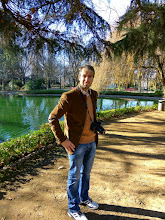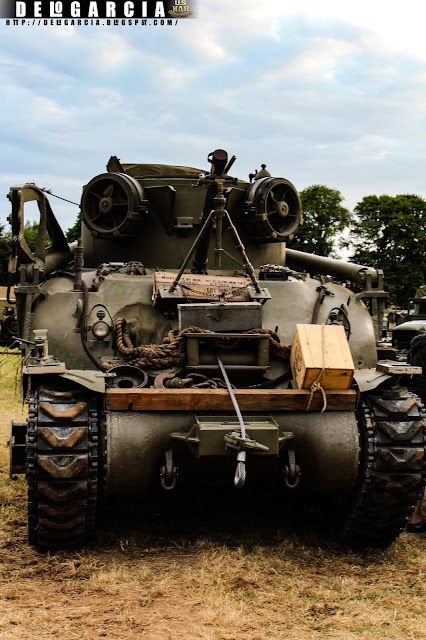History[edit]
Founded in the eleventh century, the earliest records (1080–1082) include the name Sancte Marie Ecclesia, Latin for "Church of St. Mary", while a later document written in Norman-French (1317) mentions Saincte Mariglise. The current French form of the name is ambiguous, with the additional meaning, "Holy Mother Church". The town was significantly involved in the Hundred Years' War as well as the Wars of Religion.
The town's main claim to fame is that it played a significant part in the World War II Normandy landings because this village stood right in the middle of route N13, which the Germans would have most likely used on any significant counterattack on the troops landing on Utah and Omaha Beaches. In the early morning of 6 June 1944 mixed units of the U.S. 82nd Airborne and U.S. 101st Airborne Divisions occupied the town in Mission Boston, giving it the claim to be one of the first towns liberated in the invasion.
D-Day battle[edit]
The early landings, at about 01:40 directly on the town, resulted in heavy casualties for the paratroopers. Some buildings in town were on fire that night, and they illuminated the sky, making easy targets of the descending men. Some were sucked into the fire. Many hanging from trees and utility poles were shot before they could cut loose.
A well-known incident involved paratrooper John Steele of the 505th Parachute Infantry Regiment (PIR), whose parachute caught on the spire of the town church, and could only observe the fighting going on below. He hung there limply for two hours, pretending to be dead, before the Germans took him prisoner. Steele later escaped from the Germans and rejoined his division when US troops of the 3rd Battalion, 505 Parachute Infantry Regiment attacked the village, capturing thirty Germans and killing another eleven. The incident was portrayed in the movie The Longest Day by actor Red Buttons.
Later that morning, about 0500, a force led by Lt. Colonel Edward C. Krause of the 505th PIR took the town with little resistance. Apparently the German garrison was confused and had retired for the rest of the night. However, heavy German counterattacks began later in the day and into the next. The lightly armed troops held the town until reinforced by tanks from nearby Utah Beach in the afternoon of 7 June.
Krause and Lt. Colonel Benjamin H. Vandervoort both received the Distinguished Service Cross for their actions in the capture of the town. Sgt. George Bowler Tullidge III received the Bronze Star, while a collection of Bible verses and of his letters home, A Paratrooper's Faith was distributed throughout the 82nd Airborne by his parents from after his death until the 1990s. 2nd Lt. Thomas J. Tighe of the 70th Tank Battalion received the Silver Star posthumously for his actions on the morning of June 7th in securing the town, during which he was killed when his tank was hit by German artillery fire.[7]
Henry Langrehr was also involved in the capture of Sainte-Mère-Église. He crashed through a greenhouse roof, as retold in The Longest Day. On 6 November 2007, along with five other men he received the Legion of Honor medal from the President of France, Nicolas Sarkozy.
FUENTE WIKIPEDIA.






















































No hay comentarios.:
Publicar un comentario